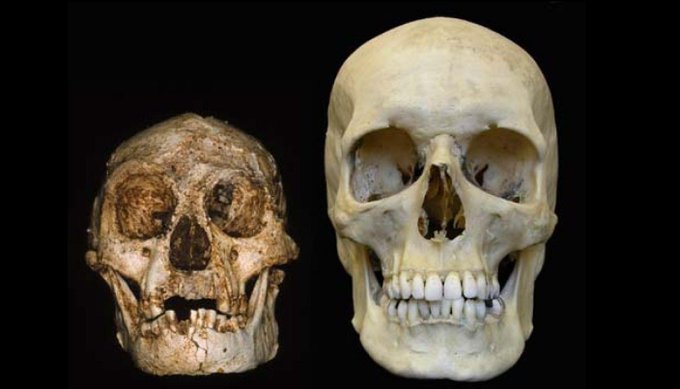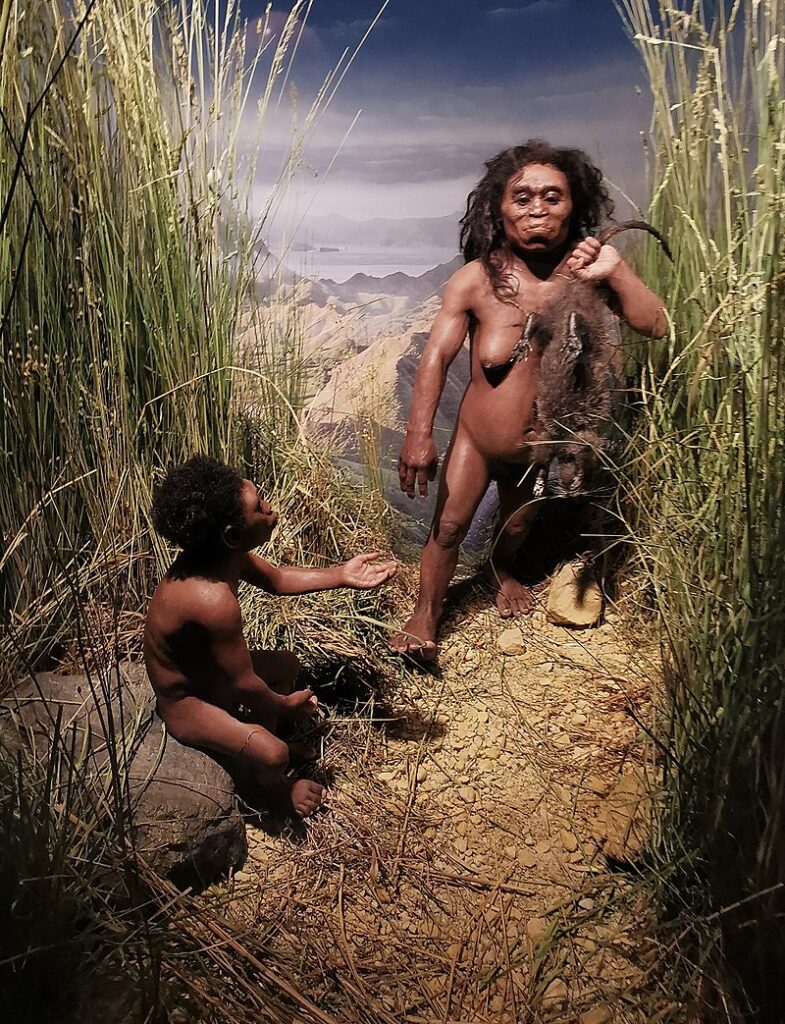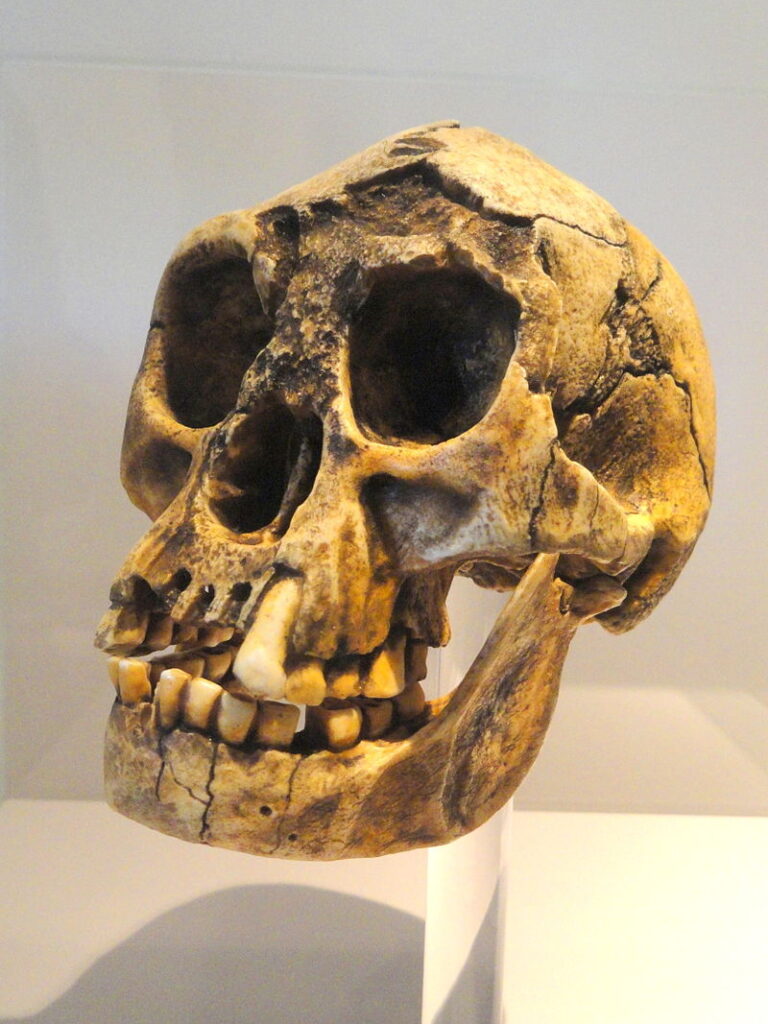
The story of Homo floresiensis, also known as the “hobbit” species, is a fascinating tale of a small group of ancient humans who lived on the remote island of Flores in Indonesia around 50,000 years ago. These diminutive humans, who grew no larger than a modern 3-year-old child, coexisted with our own species, Homo sapiens, and yet their story remained hidden from us until relatively recently.

The first evidence of these hobbits was discovered in 2003 by a team of Indonesian and Australian scientists in a cave on Flores island. The bones they found were so small that the researchers initially thought they belonged to a child. However, further analysis revealed that they were in fact the remains of a full-grown adult, who had lived around 18,000 years ago.

Further excavations uncovered more bones, along with stone tools and evidence of fire use, indicating that these hobbits were not only a distinct species but also had the capacity for sophisticated tool making and hunting. They had adapted to their island environment and survived for thousands of years, until they eventually went extinct.

But why did these hobbits remain hidden from us for so long? One theory is that the discovery of these tiny humans challenges our long-held assumptions about the evolution of our species. For decades, we believed that Homo sapiens were the only humans on the planet, and that we had evolved from earlier hominid species such as Homo erectus and Homo neanderthalensis.

The discovery of Homo floresiensis, with its small size and unique features, suggests that the human family tree is more complex than we once thought. It raises questions about how many other species of humans may have existed, and what their interactions with each other might have been like.

The discovery of the hobbits also highlights the importance of preserving our planet’s biodiversity. These tiny humans were able to survive on a remote island for thousands of years, but eventually went extinct, likely due to environmental changes or human activity. As we continue to face environmental challenges today, it is crucial that we work to protect and preserve the many species that share our planet.

In conclusion, the story of Homo floresiensis is a reminder of the mysteries that still remain in our understanding of human evolution, and the importance of exploring and preserving the diversity of life on our planet. Despite their small size, the hobbits of Flores were a remarkable and resilient species, who lived alongside us and left an enduring legacy that challenges our assumptions and expands our understanding of what it means to be human.

Leave a Reply